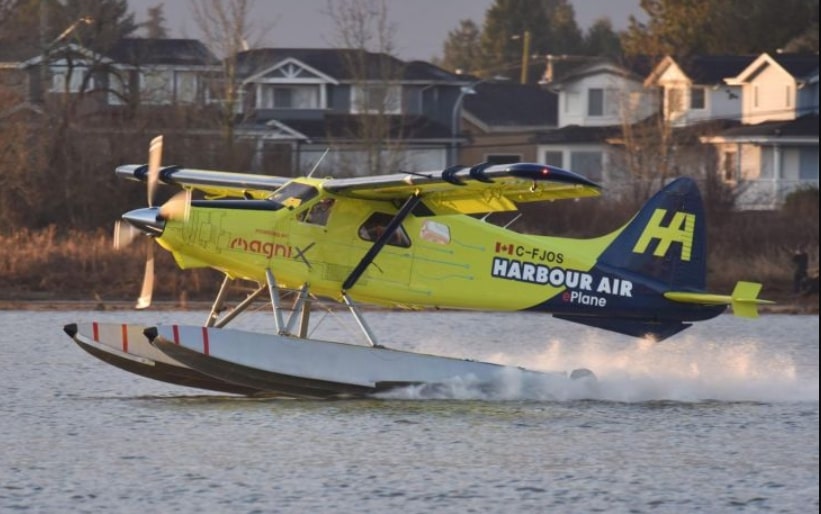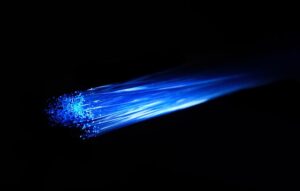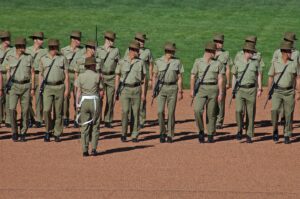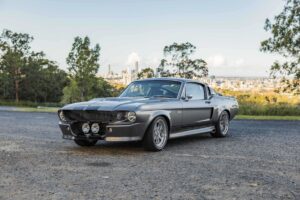The first and only all-electric commercial aircraft in the world has accomplished its inaugural test flight. It took off from Vancouver, Canada and successfully completed its 15-minute flight. This historic milestone is seen as the beginning of the “electric aviation age.”
CEO of magniX, the company that designed the aircraft’s motor, Roei Ganzarski told The Guardian:
“This proves that commercial aviation in all-electric form can work.” The Australian engineering company worked in partnership with Harbour Air Seaplanes. The floatplane service transports half a million passengers annually. Freights are between Vancouver, Whistler ski resort and nearby islands and coastal communities.
Ganzarski noted that this breakthrough electric aircraft technology will significantly cut costs for airlines. More importantly, without the use of fossil fuel, it gives off zero emissions. “This signifies the start of the electric aviation age,” he added.
Commercial aviation is among the industries with the heaviest carbon footprint. And it continues to be a fast-growing source of carbon emissions as more and more people opt for air transportation. New technologies designed to address environmental concerns of the industry have been taking off slowly.
In response to the alarming need to act more consciously, the International Civil Aviation Organisation (ICAO) encourages going green. This includes the use of biofuel engines, lighter aircraft materials and optimization of flight routes.
The electronic plane is a retrofitted 62-year-old DHC-2 de Havilland Beaver seaplane. Greg McDougall, CEO of Harbour Air, piloted its test flight and described the experience as:
“…that flight was just like flying a Beaver, but it was a Beaver on electric steroids. I actually had to back off on the power.”






